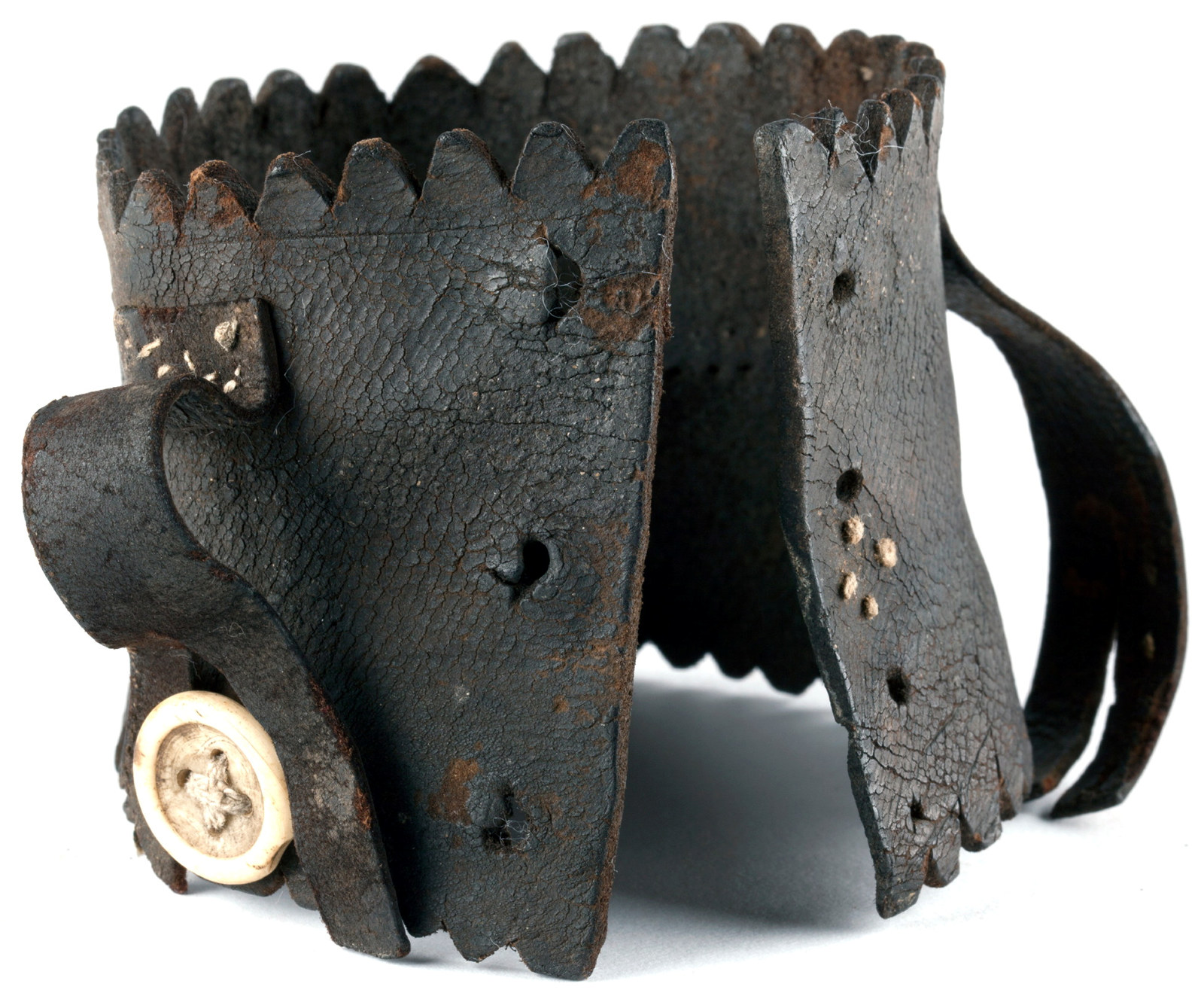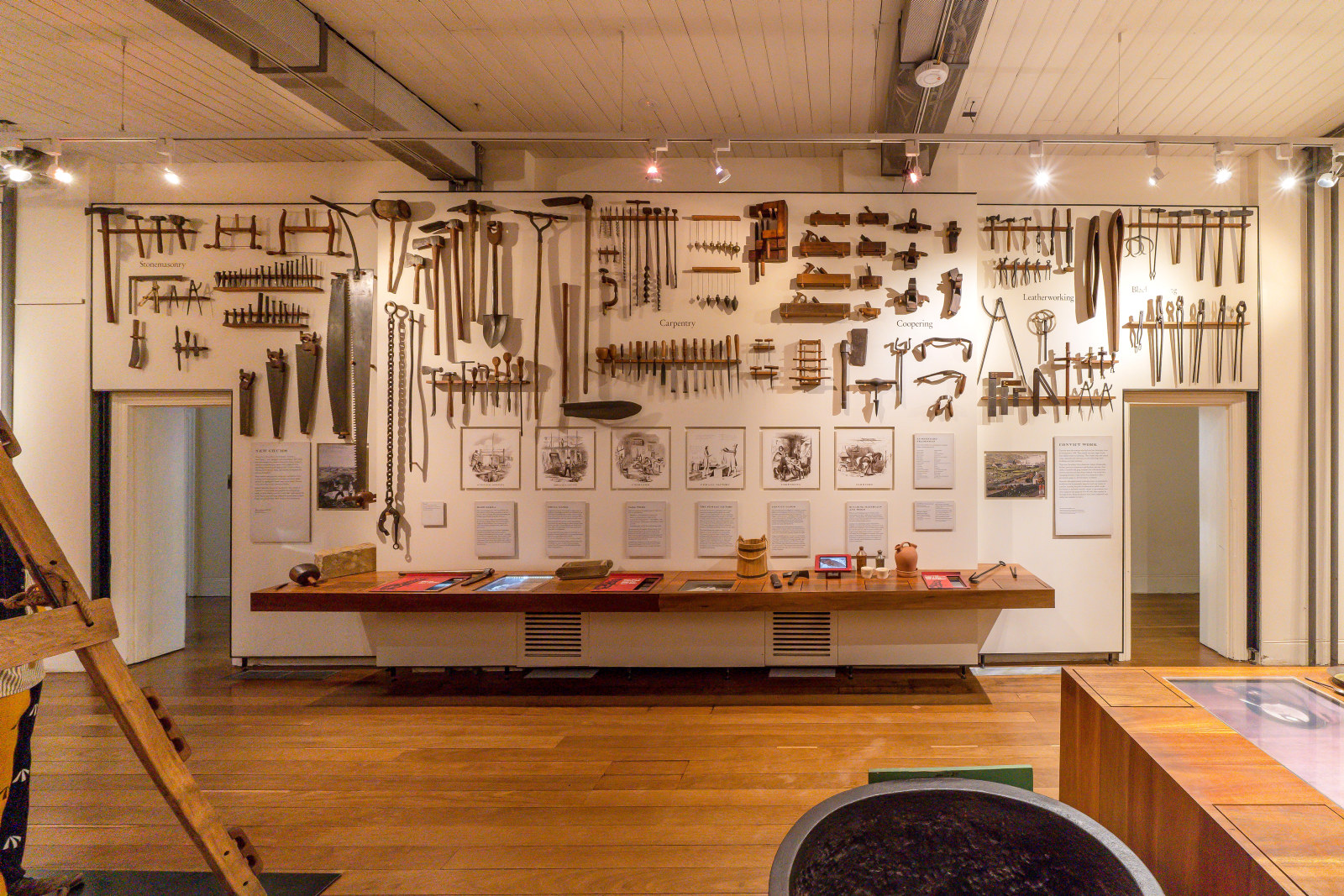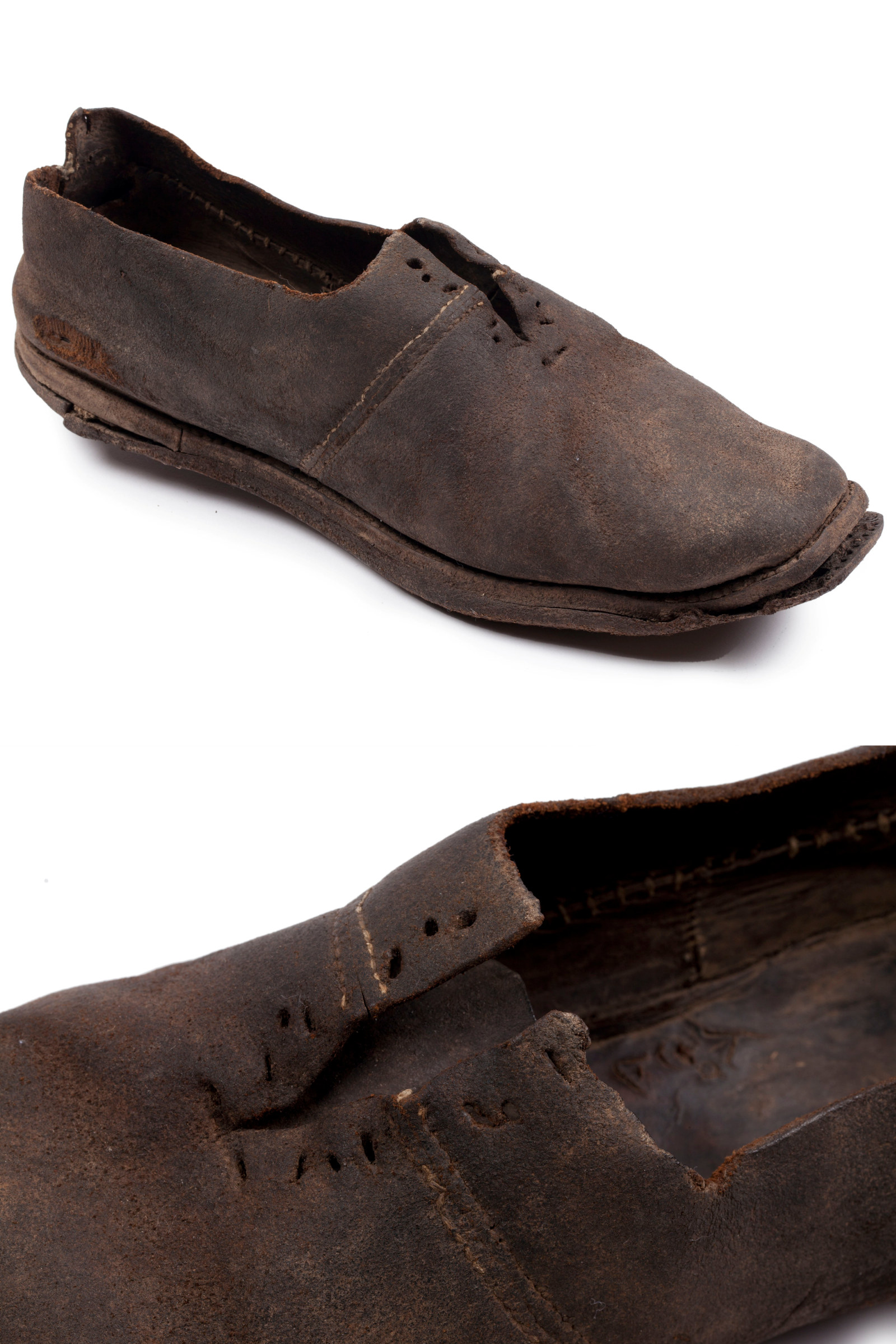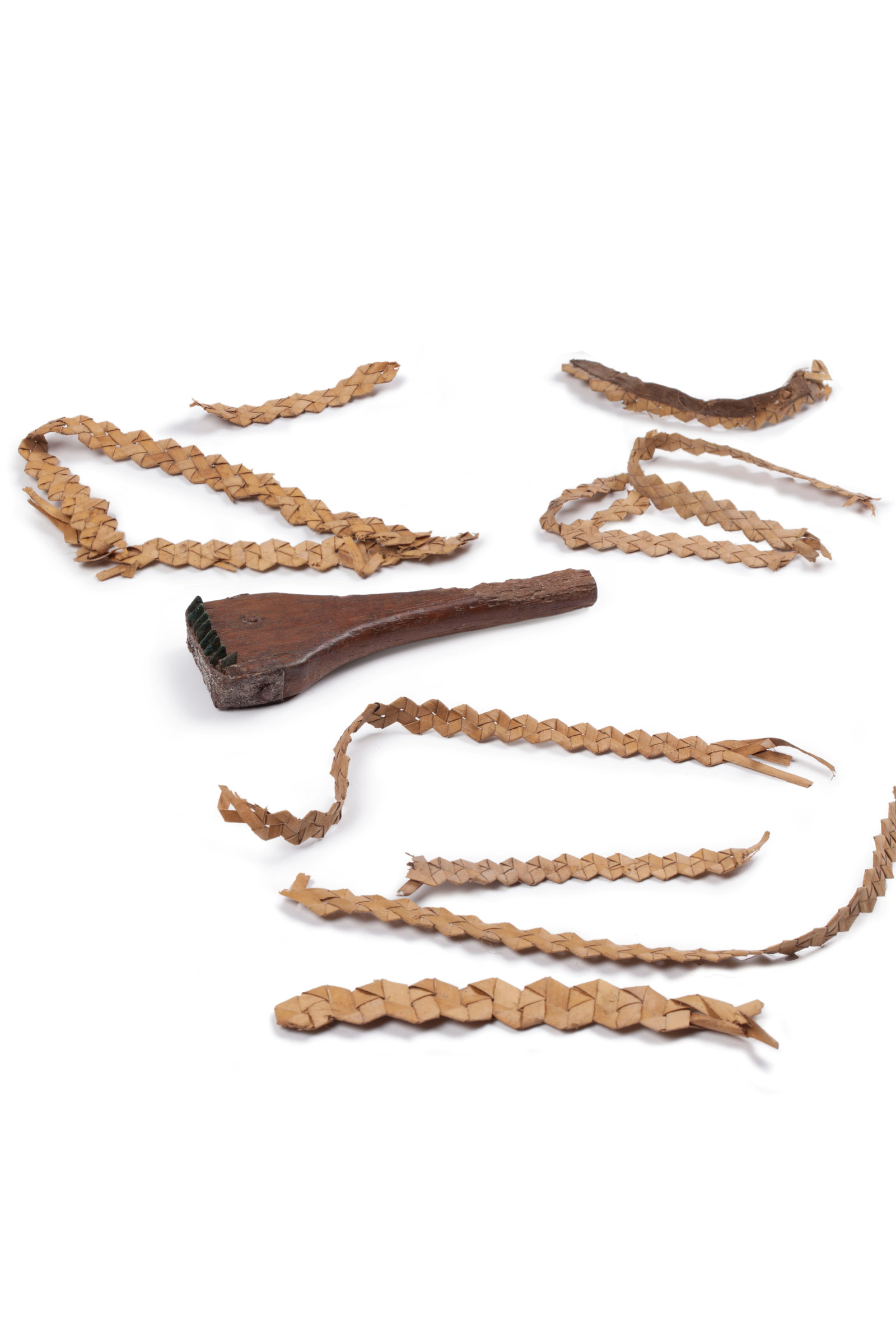Mary Reibey - convict and businesswoman
Mary Reibey is one of the most famous early convict women in the colony of New South Wales.
A convicted horsethief, Mary went on to run an extensive importing and mercantile business and there are numerous references to her business dealings, liquor licences, land grants and purchases throughout the State archives. Although Mary was a very successful business woman she took time out for more philanthropic pursuits. For example, in 1825 she became one of the governors of the Free Grammar School.
What follows is a small selection of documents, chosen because they reflect some common themes in Mary's life. Included are some easily accessible records such as probate and land grants and also some more unusual records reflecting Mary's acute business acumen. Below is a list of records that have been consulted in the creation of this webpage.
Musters
Convict Muster
This page is from the Musters and papers per Royal Admiral, which arrived in Sydney on 7 October 1792. This close up of the entry for Mary Reibey, nee Haydock, reads Mary Haddock, alias James Burrows, trial at the Stafford Assizes on 24 August 1791 and sentenced to seven years. When Mary was arrested for horse stealing she was dressed as a boy, hence the alias James Burrows. This is the only convict listing for Mary that could be located. The other typical convict records, such as a ticket of leave, pardon, assignment or permission to marry, appear not to have survived. This is common for the convicts who arrived in NSW before the 1830s. From NRS 1155 [2/8276, p134].
1814 Muster
This close up of the 1814 muster shows the detail of the entry for Mary Reibey. She can be located in the Sydney Free Women section, listed under her maiden name of Haydock. Mary had married Thomas Reibey in 1794 and he had died in 1811, hence in the last column Mary is called 'Widow Reibey'. From NRS 1260 [4/1225, p240]
Colonial Secretary memorial, 1810
This is the first page of two of a memorial dated 25 January 1810. It is the first of many letters from Mary to the Colonial Secretary to have survived. Mary's husband Thomas ran an importing business called Entally House. In this memorial Thomas is overseas in China and it is Mary that appears to be running the Sydney end of the business. Mary is asking for confirmation of a lease of a store building and land beside the Government Wharf (near present day Customs House). When Thomas and his business partner Edward Wills both died in 1811 Mary took over control of all the business interests. She appears in the Colonial Secretary's papers many times pursuing liquor licenses, business opportunities and land. Although Mary had land and farms in various locations around Sydney she lived in Macquarie Place and operated her business from there. From NRS 897 [4/1822, no. 276].
Landowner
Application for land, 1829
This document is an application by Mary Reibey to the Colonial Secretary for permission to bid for land with a view to eventual purchase. Mary Reibey owned many portions of land throughout Sydney and NSW. There were several farms along the Hawkesbury (including two farms in Wilberforce that appear in a sketch accompanying the rest of these papers), and land at Sutton Forest. In Sydney, Mary owned land at Hunters Hill and in the centre of the city, George St, Macquarie Place and Castlereagh St. This application, dated 28 March 1829, is for permission to bid for 1460 acres of land to add to a grant of 1100 acres, and a further 500 acres purchased privately. On the reverse of the application is a description of the land, known as Illaroo, which is bounded by the Shoalhaven River. Mary had eleven people employed on the property to look after the stock and buildings. From NRS 907 [2/7956].
Farm at Wilberforce
This sketch of a farm at Wilberforce owned by Mary, was enclosed with a letter to the Colonial Secretary asking for permission to fence in an unusable section of land. The letter details that the section of land shown in the sketch as 'Government Road never used' was subject to flooding and the public now used another road. You can see from the sketch that Mary's neighbours had already enclosed the old road on their properties. From NRS 907 [2/7956].
Burrien Farm on Shoalhaven River, 1839
This is an application made to the Colonial Secretary by Alexander Mackey for convict labour to be assigned to him to help on his leased property of Burrien on the Shoalhaven River. The farm was owned by Mary Reibey and in letters accompanying this application she objects to Mr Mackay's request on the grounds that he is not leasing the land, but merely superintending the land. As such he has no authority to apply for convict labour to be assigned to him. The application was subsequently refused. From NRS 905 [4/2457.5 letter 39/10030].
Dispute over rental agreement, 1834
This letter, from the Colonial Secretary's Papers, outlines a dispute between Mary Reibey and the Church and School Corporation. Mary leased one of her houses in Macquarie Place to the Corporation and at the expiration of the lease the Corporation did not tend to the necessary repairs as agreed to in the lease. Mary claimed that she would have to repair windows, walls and doors to make the property tenantable again. The dispute was settled by the Attorney General's department after a surveyor assessed both claims. From NRS 905 [4/2221.2 letter 34/4682]
Court records
Case 138, 1812
This volume is one of the Minutes of Proceedings from the Court of Civil Jurisdiction. The Court mostly dealt with judgements on legal and equity matters, such as promissory notes and recovery of small debts. There are a number of entries relating to Mary Reibey, mostly as a plaintiff. She appears to have used the Court to pursue those in debt to her and the Court usually found in her favour. This volume is open to 15 April 1812. In Case 138 (at the bottom of the left hand side page) Edward Lamb is the defendant while in Case 139 (on right hand side of page) Joseph Broadbent is the defendant. For more details on Case 139 see next image. From NRS 2659 [5/1107].
Case 139, 1812
In Case 139 Mary is suing Joseph Broadbent for the non payment of goods to the value of over four pounds. Mary was awarded damages and costs. From NRS 2659 [5/1107].
Mary's death, 1855
Probate Packet
This record is part of the papers included in Mary Reibey's probate packet. Mary died in Newtown, Sydney on 30 May 1855. For a woman who owned many properties and ran a successful business, the probate packet for Mary Reibey is devoid of many of the details you might expect. This statement by Mary Nowlan, a domestic servant, confirms Mary's death. Mary Nowlan, along with Margaret Sullivan, were also witnesses to Mary Reibey's last will and testament which is included in this probate packet. From NRS 13660 [Series 1, #3279]
Her Will
This second document from Mary's probate packet is a petition for probate. John Atkinson (married to Mary's deceased daughter Jane Penelope), George Miller of the Savings Bank, Sydney, and James Norton, Gentleman, are named as executors of the will. Mary outlived five of her seven children. Her estate is divided into thirds to support her two living daughters, Elizabeth Long Innes and Eliza Thomson and the grandchildren of her dead daughter, Jane Penelope Atkinson. The will specifically states money should be set aside for the 'maintenance education and advancement in life' of all of her grandchildren, whether they be boys or girls. From NRS 13660 [Series 1, #3279]
Further reading
For more details on Mary Reibey see:
Published on
Convicts

Convict Sydney
Leg Iron Guard
A stunning example of an improvised handicraft, this leather ankle guard or ‘gaiter’ was made to protect a convict’s ankle from leg irons

Convict Sydney
Objects
These convict-era objects and archaeological artefacts found at Hyde Park Barracks and The Mint (Rum Hospital) are among the rarest and most personal artefacts to have survived from Australia’s early convict period

Convict Sydney
Convict Shoe
Known as crab shells or hopper dockers in the convict ‘flash’ slang language, two or three pairs of shoes were issued to each convict annually

Convict Sydney
Convict hat sennets & leaf shredder
This shredding tool and ‘sennets’ or fragments of plaited cabbage tree palm leaves (Livistona australis) were found beneath the floors of Hyde Park Barracks, and used by convicts for making hats